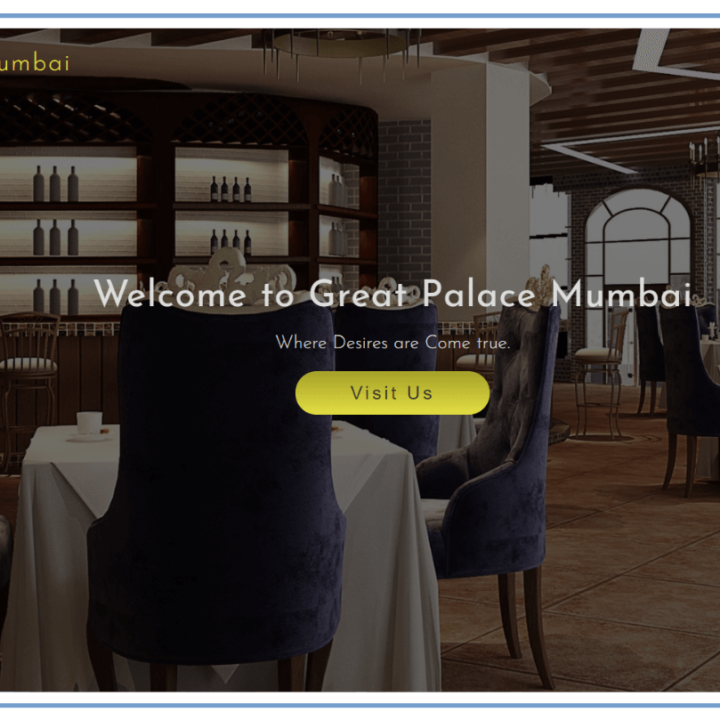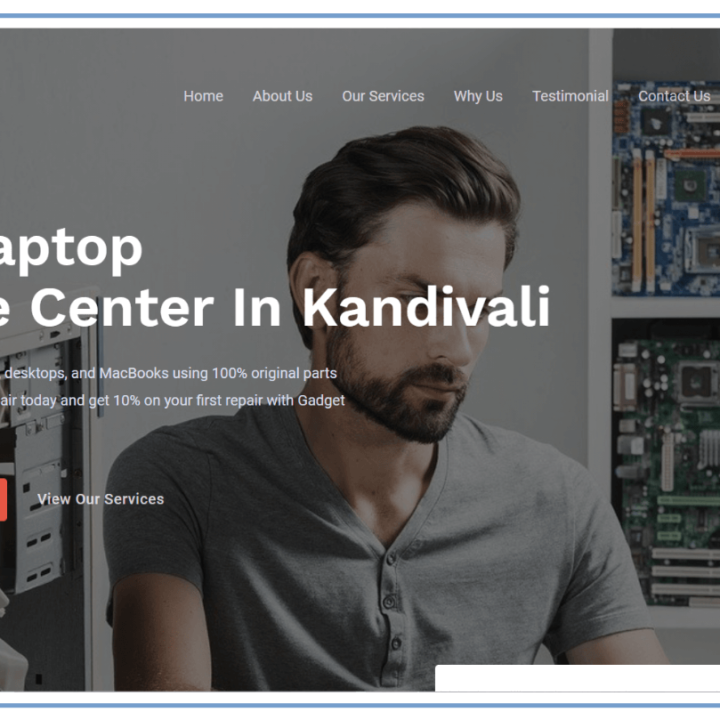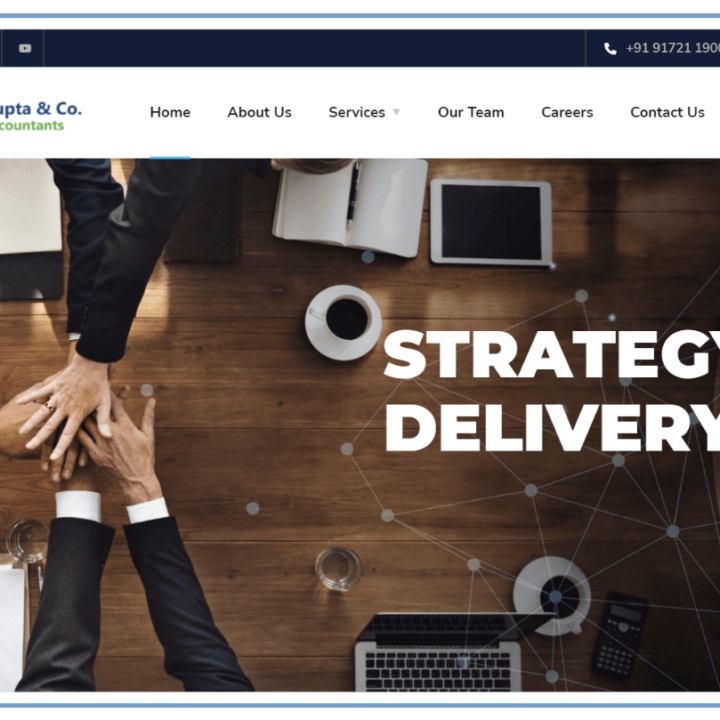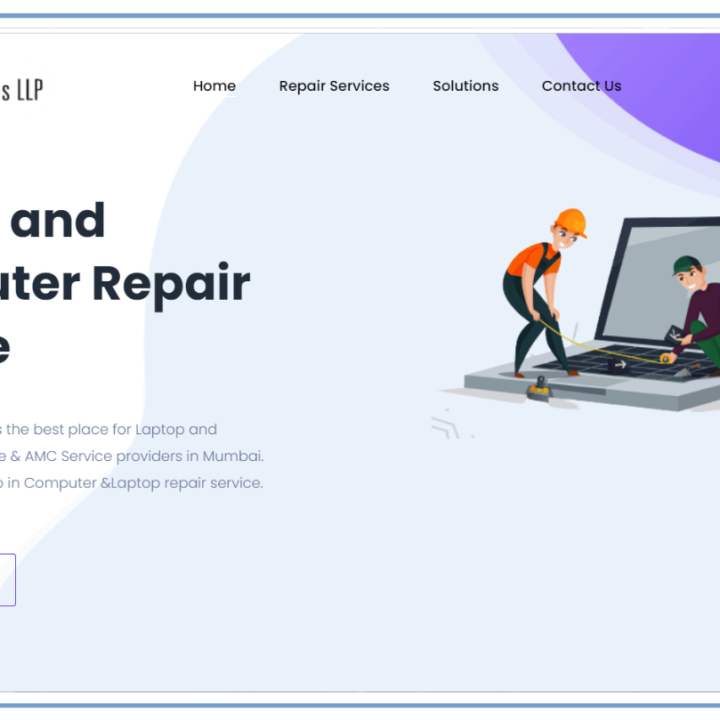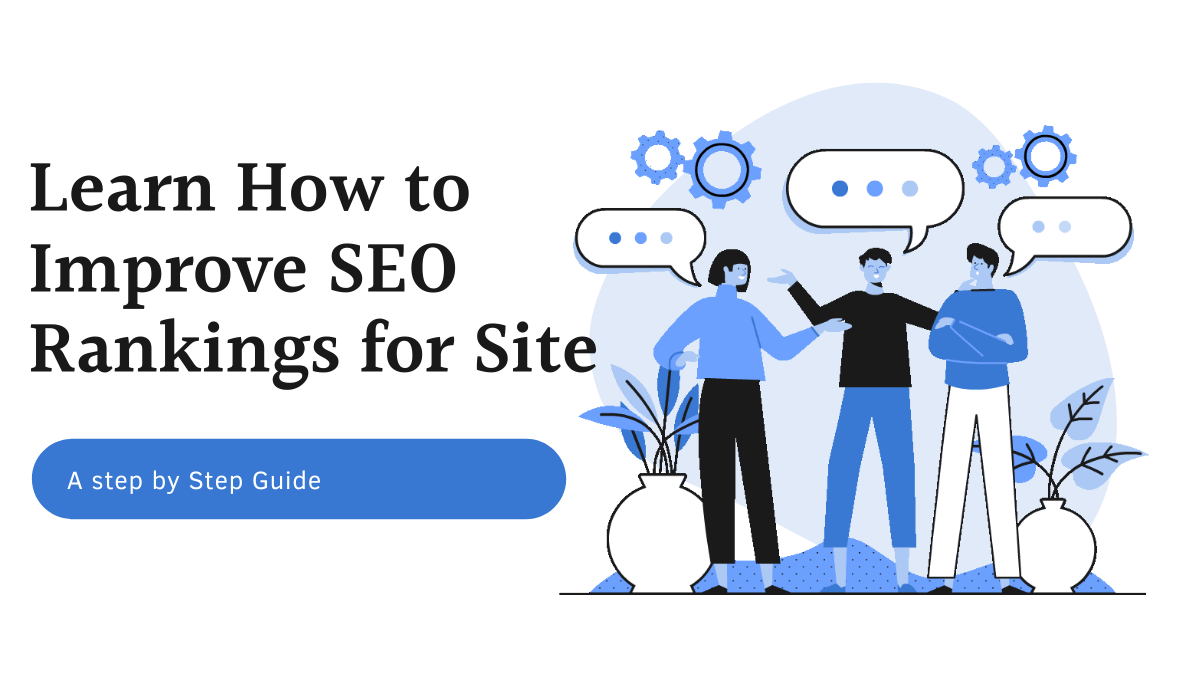Learn How to Improve SEO Rankings for Site
Learn How to Improve SEO Rankings for Your Site
Follow these easy steps if you want to boost your search engine optimization (SEO) efforts and notice increases in ranking:
- Optimize the content you already have Make fresh material using keywords with less competition.
- Obtain backlinks from reliable websites
- Improve on-page SEO elements.
- Make fresh material using keywords with less competition.
- Create content with featured snippets in mind.
- Image optimization
- Utilize Google Analytics to monitor metrics.
- Check to see if your website is mobile-friendly.
- Shorten Website load times
- Boost local SEO with Google My Business
- Create internal links for your website
In order to effectively compete for those position-one rankings, this post will concentrate on how to boost your SEO.
1) Refresh Current Content Optimize the current content on your website.
Find pages that haven’t been updated for at least a year first. Next, look over the page to check if any information is outdated. or requires improvement. However, in general, consider these suggestions for improving your content: To better fulfill search intent, optimize your content. Format your writing to make it easy to read Include more images, graphics, and illustrations. Include internal connections on each page. Cut out the filler and concentrate on practical solutions.
Learn How to Improve SEO Rankings for Your Site
2) The big boxes at the top of Google’s search results are known as featured snippets. (Above the customary #1 position.) The information in featured snippets is taken from one of the top 10 results. Additionally, if your content is formatted properly, you may obtain the coveted featured snippet position.
3) Because they aim for highly competitive keywords, many websites have SEO problems. Consider optimizing for long-tail keywords
Long-tail keywords are those that don’t receive a lot of searches on their own. but constitute a sizable portion of the total number of search phrases.
4) Your content is not guaranteed to appear on Google’s front page, even if you adhere to best practises for on-page SEO to the letter.
Because of this, a significant portion of your SEO approach should focus on obtaining backlinks from numerous high-authority websites.
You can employ literally thousands of link-building techniques.
However, these are some of the most successful:
Make material that is extremely shareable: Publish linkable resources that are intended to get backlinks from blogs and news sites that are relevant to your subject.
Try data-driven content out:
One of the easiest strategies to increase the number of links to your website is to create data-driven content that tells a story. Create content based on your findings and share it with publications, whether you obtained them via an original survey, open-source data, or internal data.
5) Image optimization is frequently overlooked while discussing how to improve SEO. However, when done effectively, optimizing photos can assist increase traffic to your website. Tips for Image Optimization When optimizing the photos on your website, bear the following in mind: Image file format and size: Utilize image formats created for quick loading, such as WebP Names and descriptions: Improve the image file names, alt tags, and titles. Verify that the photos you include in your material can be utilized lawfully. Relevancy: Make sure the photos are appropriate for the text. Mobile-friendliness: Examine the pictures to make sure that they display properly on mobile devices. Unique: Limit the use of stock images that have already been used on numerous other websites. How to Create Powerful Alt Tags All search engines, including Google, need the image alt text to comprehend what an image is.
6) After a few months, your site should start to show some benefits if you implement the tips in this piece.
Knowing which indicators to focus on in Google Analytics is crucial if you want to understand precisely how your SEO is progressing. All types of traffic, including referral, direct, and organic traffic, can vary significantly day to day.
7) Nine out of ten people, according to recent industry research, access the internet using a mobile device.
Additionally, Google now employs an index that essentially only takes into account your site’s mobile version.
8) The core of SEO is, in many respects, high-quality content.
But it’s unlikely to rank until you optimize that high-quality material.
Thankfully, on-page SEO isn’t complicated. In essence, it is adding keywords deliberately to your page. Use your keyword in the article’s title and body content. It’s crucial that your title tag include your goal term. Several times in your article, too. For instance, the title tag of our article, which aims to rank for “long-tail keywords,” has the precise keyword.
9) Google claims that “speed equals revenue.” This is due to the fact that a slow-loading website can raise bounce rates and reduce conversion rates. It turns out that Google also considers page loading time when determining to rank. Enter your website’s URL into Google’s PageSpeed Insights page to check its speed on both desktop and mobile devices. You can see in this report how rapidly your website loads. also specific areas that need work.
10) Local SEO is therefore crucial if you provide services to a particular region, sometimes even more so than “normal” SEO. But what exactly is local SEO? And what actions can you do to make it better? Local SEO is an SEO tactic that aids in the visibility of your company in local search results. The “map pack” or “the local pack,” which consists of Google Maps results, local business listing results, and organic search results, is generally displayed in response to local search inquiries.
11) Internal linking can significantly lower your search engine ranks when done correctly.
Links pointing to other pages on the same website are known as internal links. Each internal link transfers some authority between pages. Because of this, you should use them strategically to transmit authority to the pages that require it the most.
Learn How to Improve SEO Rankings for Your Site
If you like the post please like and share and do make comments in the comments box.
You may see the affiliate link in this blog. imdigitalvinod may receive a small commission if you sign up for Semrush SEO Services on the terms of this offer.



